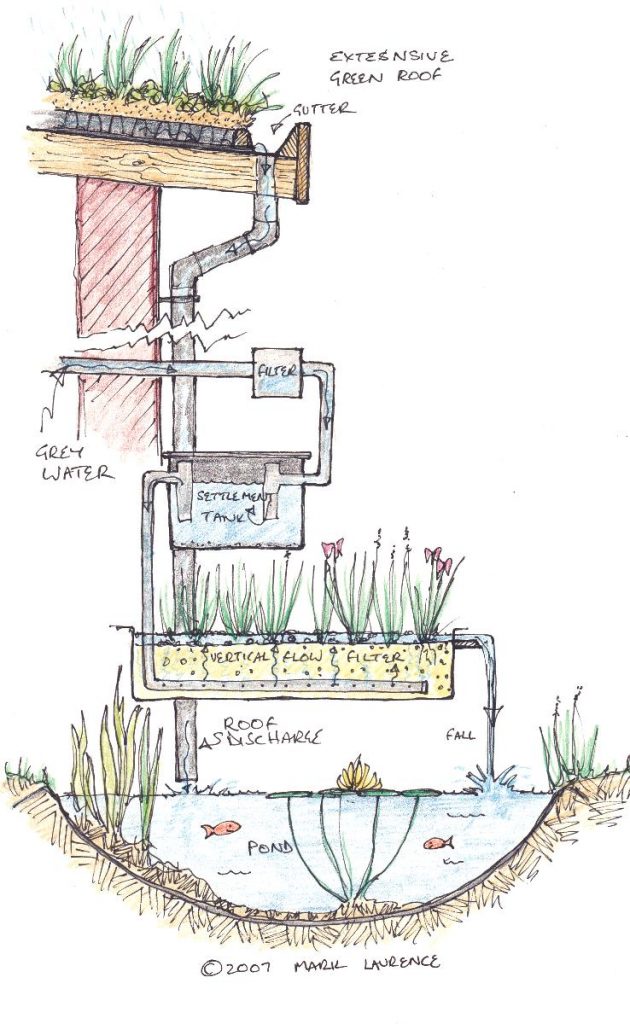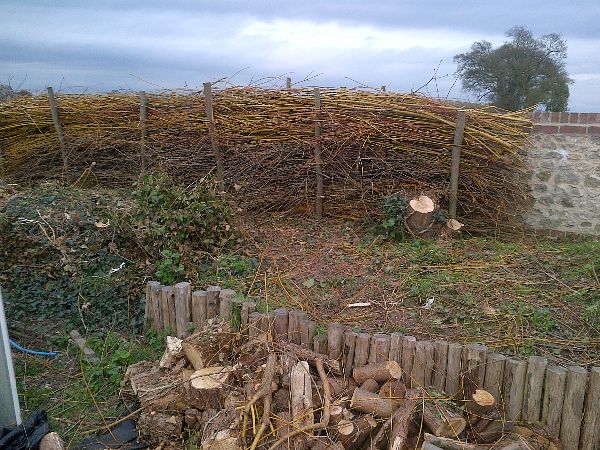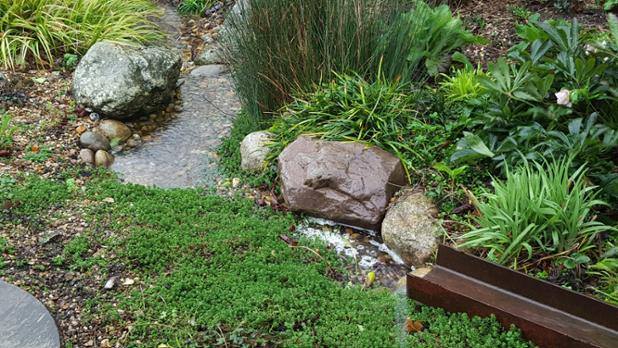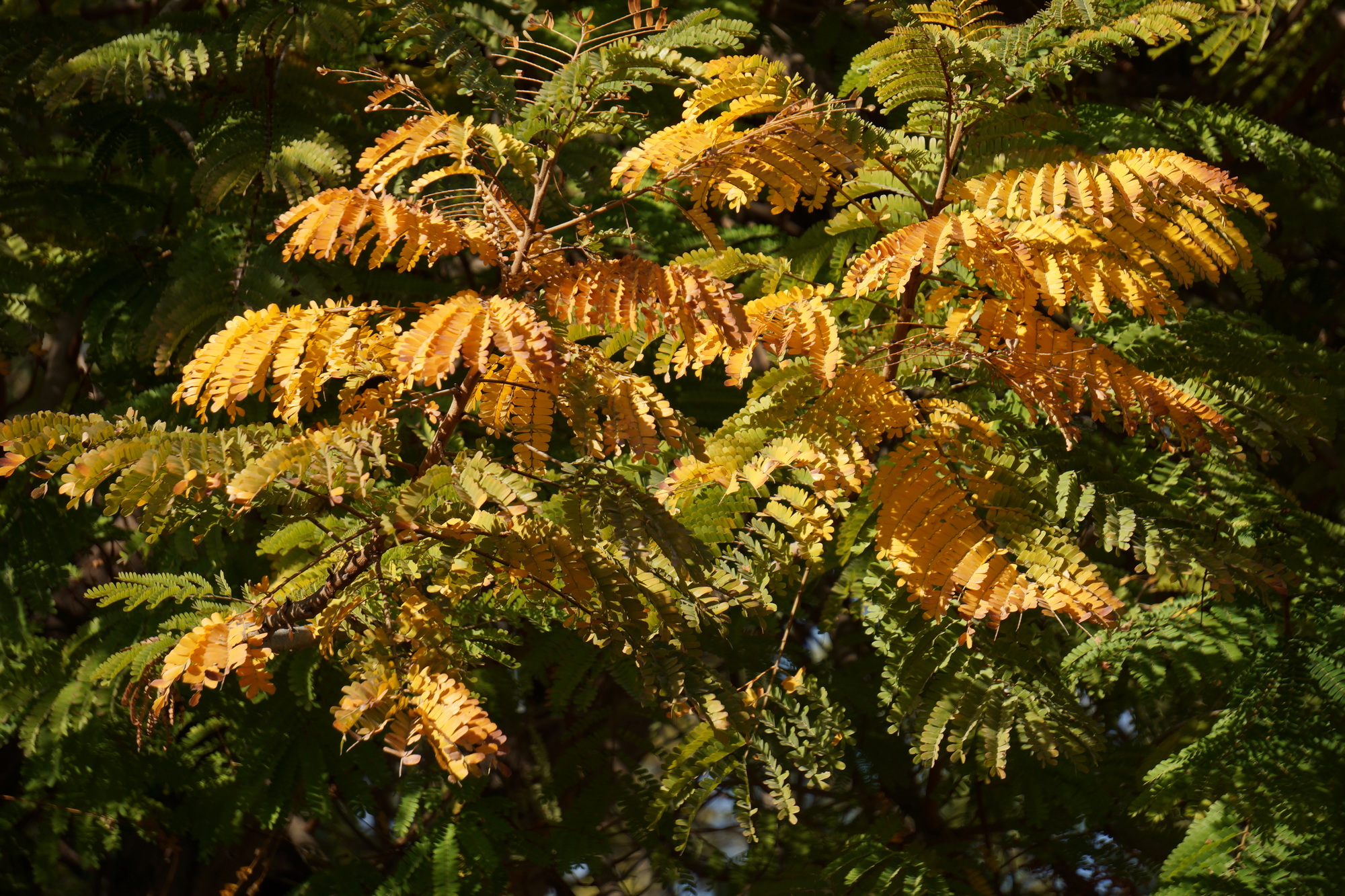This article was first published in 2007 and has been updated 2018.
Future gardens will be an integral part of a living bio-system that is part house, part garden, an energy conserving and production environment. It will also be a resource for water retention and cleansing, food production area, biomass and environmental haven. Above all, it must continue to be a sanctuary for the soul and from the world at large.
Why do I say this? We cannot consider the future of gardens without accounting for climate change, which is now having a tangible impact on us all. The 2018 IPCC report says we have 12 years left before things reach the point of no return. Whilst there is less talk now about global oil reserves peaking and that energy will be in increasingly short supply, it is still true that we have a long way to go before we have a fully renewable clean energy supply chain. Whatever the outcome, big changes are on the way.
So when we look to the future of our gardens, it’s not so much a matter of what style or vogue will be popular, for such things come and go and in this context are not particularly relevant. You might imagine it is a case of asking what will our climate be like and how will gardens adapt. Yet to talk only of adapting plants to suit the changing conditions is actually to miss the main opportunity for our gardens to become part of the solution to global warming and perhaps, even a core part of our individual – and so collective – survival.

That might sound ridiculous in the face of such monumental problems but I don’t think so. If we all decided to make sure that in our personal lives, we were “carbon neutral” (or as close as possible) then energy demands and pollution from domestic use would drop considerably. At a rough estimate, gardens in the UK occupy about 4500 km2 of land area (Davies
et al. 2009), mostly in urban and suburban areas. This makes them a precious resource and opportunity for change on a big scale.
The first thing we have to do is start looking at our environment as a living bio-system; in this case, the house and garden, with its connections to the wider world (air, earth, wind, rain, food, materials, waste, energy, communications). Think of the garden as one cell in a big organism. Almost all the elements this cell needs to survive are coming from outside, beyond its sphere of influence. Yet the way that cell is constructed, used and connected to its immediate surrounds (garden) could, if designed correctly, reduce its dependency on external manmade systems. To decrease those we must increase our connectivity with natural systems, namely the sun, wind and rain. To put it more directly, with have to reduce to a minimum the inputs and outputs of our homes.

Those items which we cannot produce internally need to be sourced from outside as close to us as possible. Therefore neighbourhood and regional systems need strengthening to minimise production/transport costs. This is particularly true and desirable for food products, but also building materials etc. For that reason, even if we manage to live off-grid – the ultimate, but extreme, conclusion to this line of thought – we cannot do it all alone and live in splendid isolation, nor would most of us want to. Many bio-systems will only work efficiently when connected together to give sufficient inputs to allow them to function properly (for example, reed-bed sewerage systems). Local community-generated bio-systems are essential to a sustainable future.
The main areas which the outside garden spaces could deal with are:
- Passive solar gain (microclimates)
- Water saving and (grey water) cleansing
- Waste recycling (composting)
- Energy production/conservation
- Increasing site biomass
- Food production
- Biophilic nurturing
- Nature conservation/biodiversity
You may think this all sounds very philanthropic, but where is the incentive to expend all this time and money “greening up” our homes and gardens? Some of the incentive will be economic; for example metered water users already consume about 15% less water than unmetered and government will gradually introduce a number of Carrot and Stick measures. But as cost of pollution will have to be met by industry and so, by consumers, simple economics means that inevitably everything will get more expensive. For many people, I suspect that having a lifestyle that gives independence and doesn’t add to pollution will become increasingly desirable, as we all witness first or second-hand the effects of climate change. Whilst we all see the horrors of hurricanes and droughts in distant lands, at home (for me, the UK) we see increasingly severe flooding etc. right on our own doorstep. Less dependency on outside systems will give increased sense of security in an uncertain world.
In all of this, beauty and relaxation will be paramount, so gardens will still fulfil this most traditional and personal of roles, giving us joy, relaxation and sanctuary. For example, looking at a beautiful water system of rills and planted gravel filterbeds is made all the more exciting by knowing it has a useful function and is saving resources.

For these principles to be taken up by the average garden-owner and made successful, we must resolve two conflicting issues: the subject needs to be driven by a sense of fun, adventure and positive aspiration to really make a difference and yet we must also avoid the “dumbing-down” or over-simplification of a complex topic, something that can occur when it appears in magazines and TV shows.
An example might be solar panels: it would be wonderful to run your garden pond pump, shed, or garden office from solar panels – no cables to the house to bury, a good eco-friendly solution. But you have to balance that ideal with the cost of initial installation (probably greater than laying electric cables from the house), the limitations of supply and the increased maintenance that may be involved. Having got your solar supply, you might be frustrated to find that you can’t charge your battery mower if you didn’t purchase a high enough generative capability. This is typical of a fragmented approach to sustainability – it’s a start but not really useful just thinking of the power to your pond and ignoring that used within the house, or your car.
So where are we? Standing on the threshold of an exciting new future, I would say. Technology and information is available as never before, and hooking up to the IoT (internet of things) is great fun and useful too. The brightness, however, is troubled by the looming stormclouds on the horizon and the knowledge that the societal cost of failure is high – and will be witnessed by ourselves but paid for by our children.
I do firmly believe that we can all make effective choices in what we do and in what we demand of the world, of business and our societies. We have to make rational choices and sometimes temper our own personal indulgence. Gas or electric patio heaters may be a nice luxury but the environmental damage is not justifiable. Maybe a log burning fire basket is, provided we do other things to counter the carbon emissions, such as growing more bio-mass. Extra woolly jumpers may simply be the best bet along with passive solar designed spaces! Most issues simply come down to us making informed decisions and balancing personal ease with environmental sanity.
Remember, what sounds “eco” or fringe today, is going to be tomorrow’s norm. Get out there, explore ideas and enjoy being the change!
